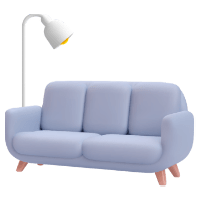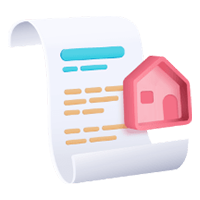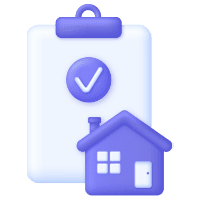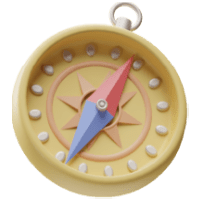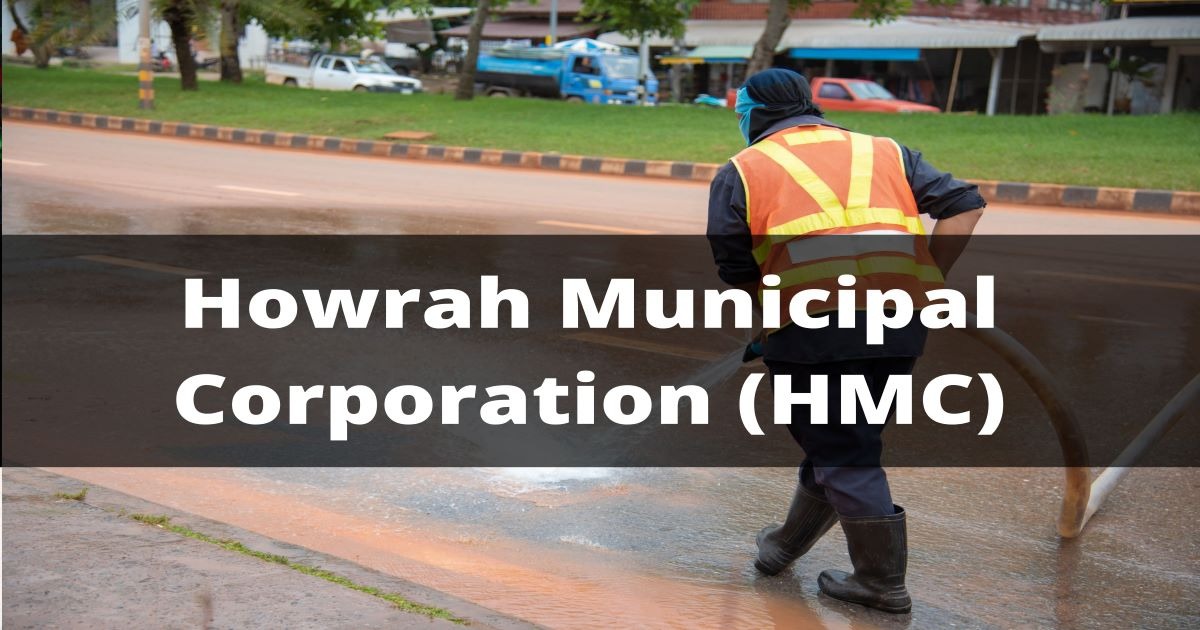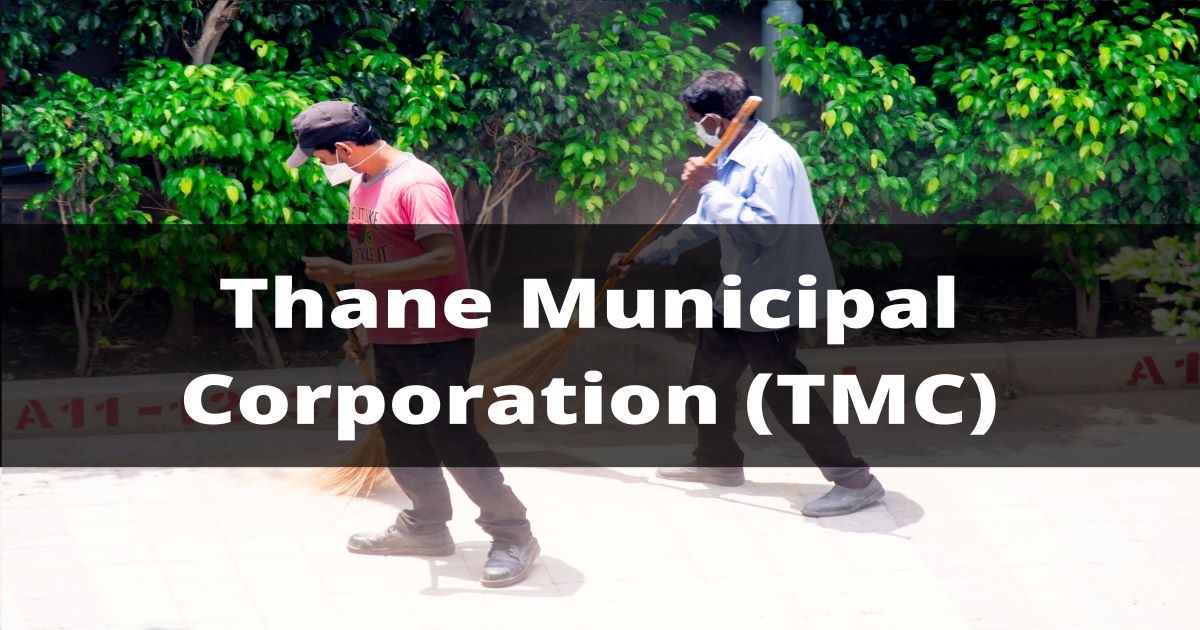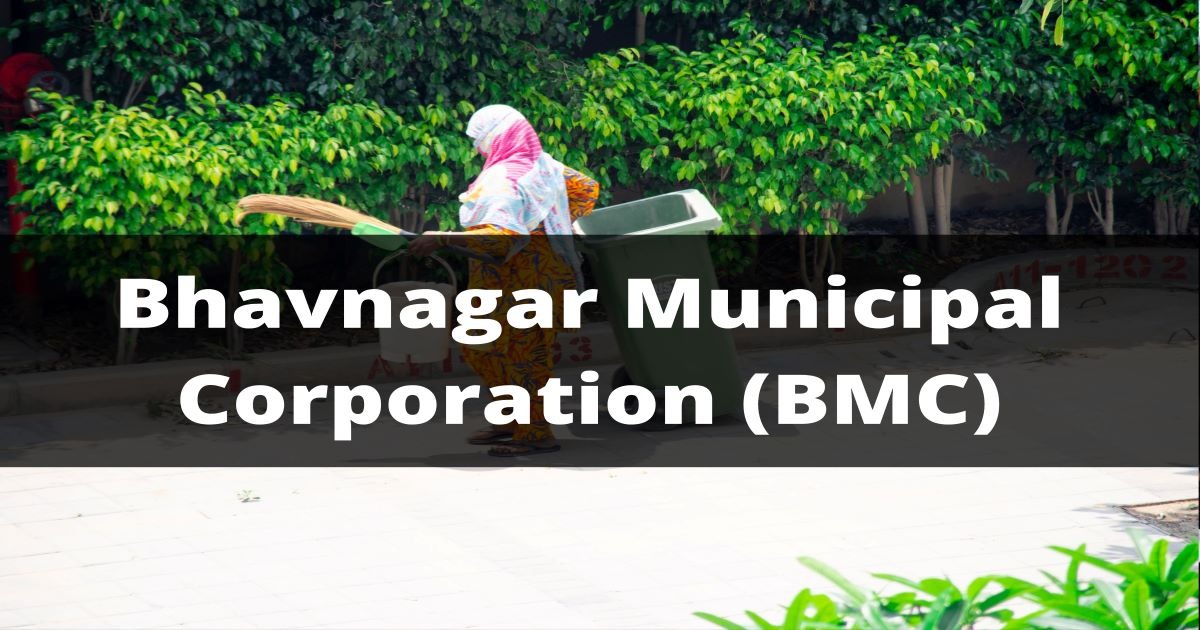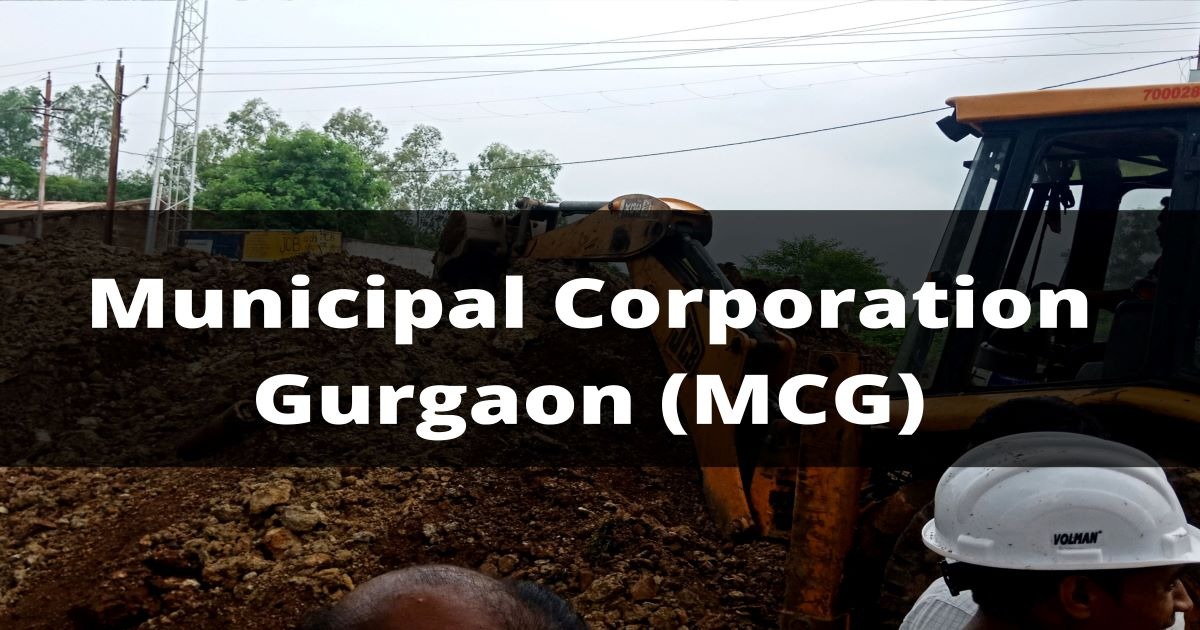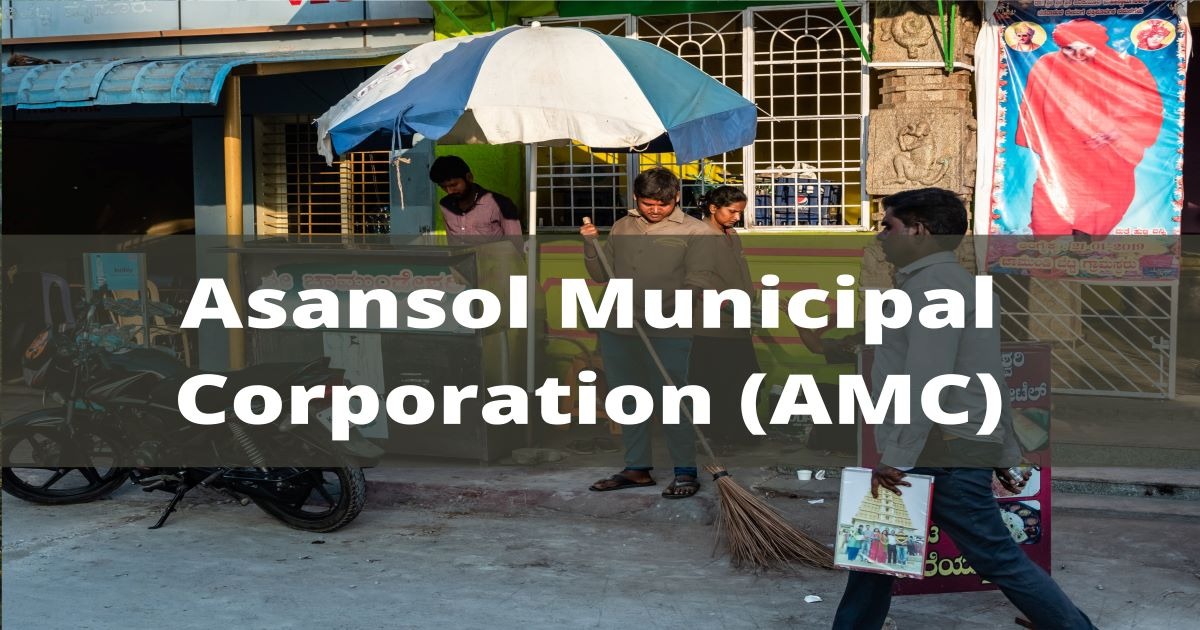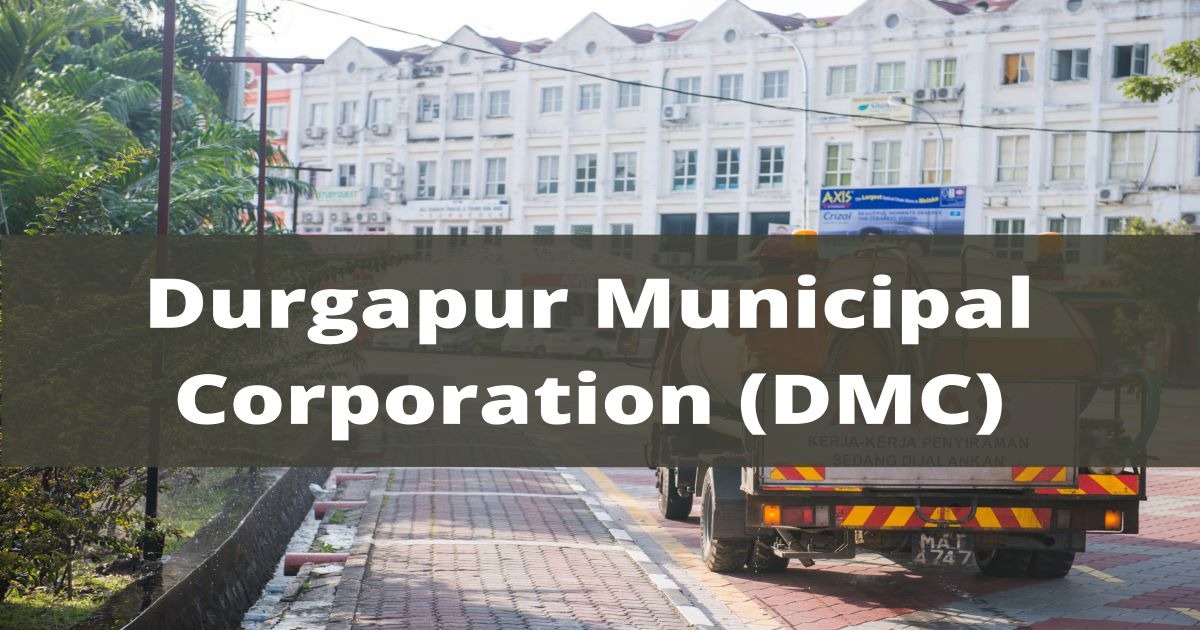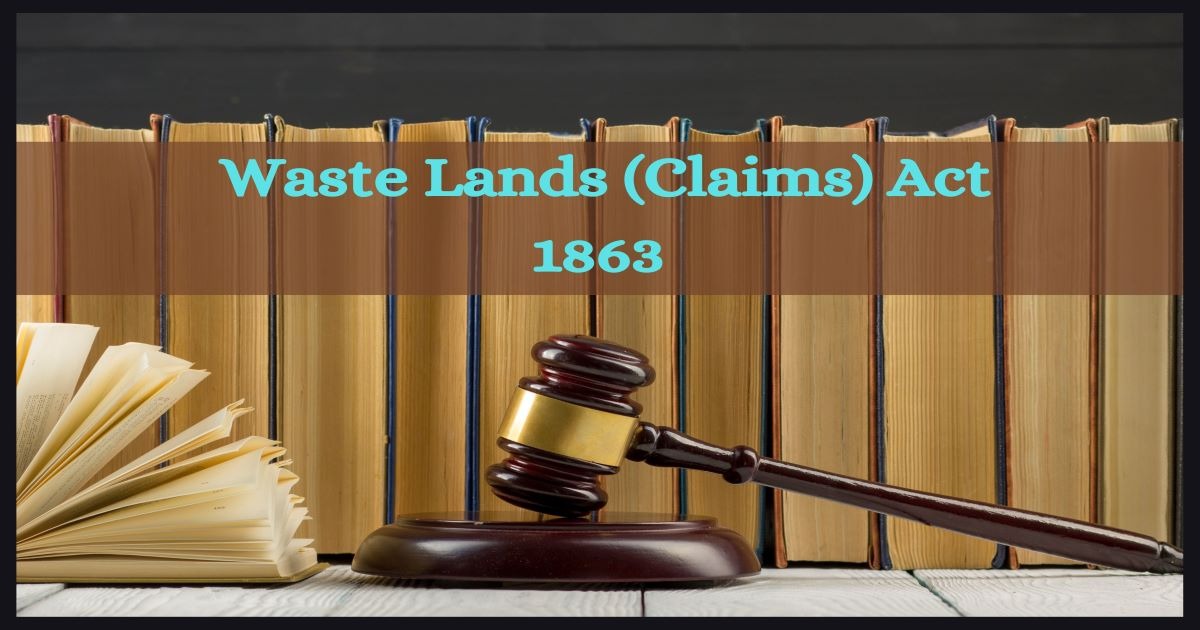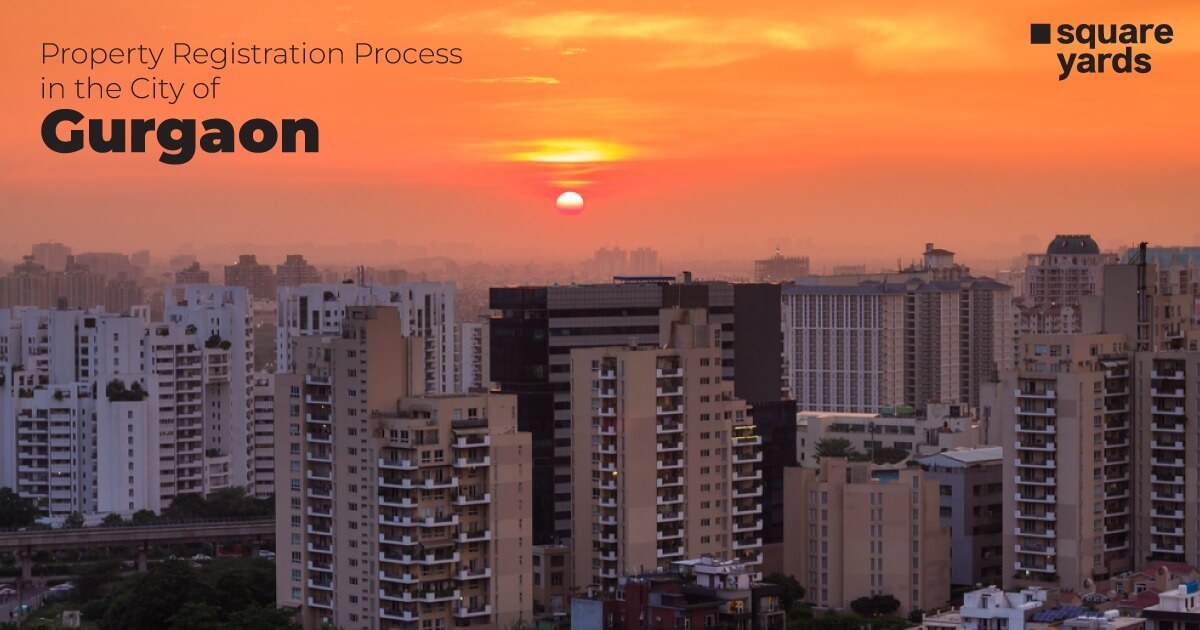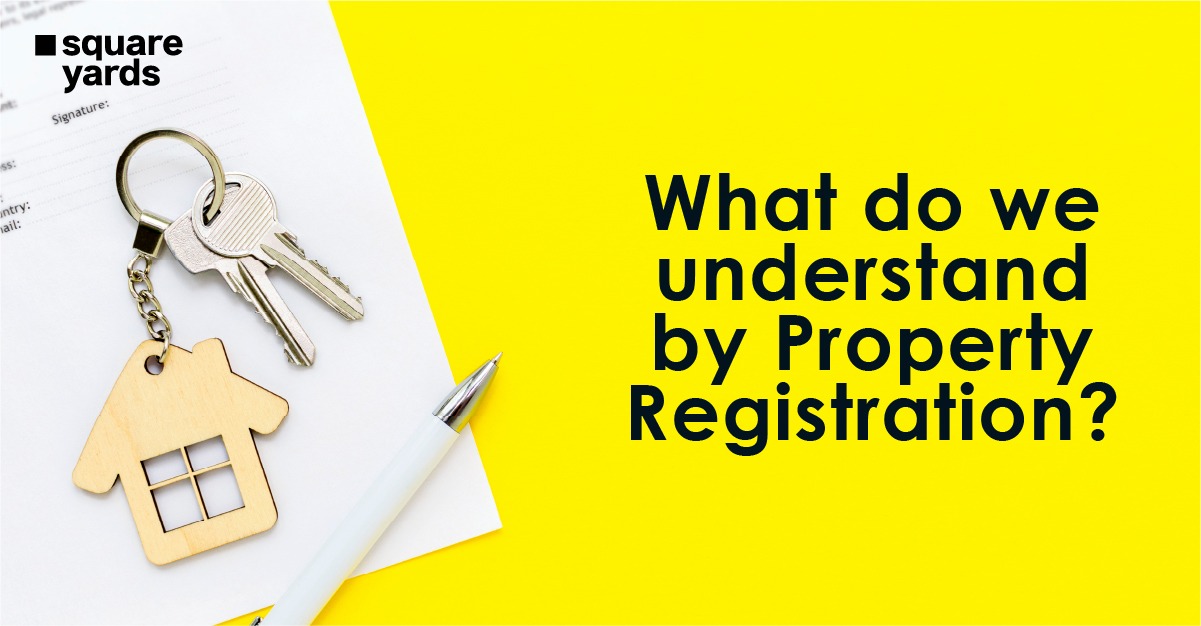
Land pooling is the development of land parcels by a land pooling agency that will transfer the land back to the owners and the owners will enjoy the possession of the land. Here is understanding more about the DDA land pooling system.
The meaning of land pooling is the transfer of parcels of land owned by individuals to a land pooling agency legally. The agency will transfer parts of the land to the owners after doing developmental work on the land. The owners are not required to transfer the land to DDA and the owners will continue to enjoy the ownership of land parcels.
This policy was notified in 2007 and it was done along with the master plan 2021. The objective of land pooling activity was to boost urban development. It was also done to construct structures on the parcels of land for both private and public purposes. The aim has been the optimum utilization of resources. The urban development ministry gave the green signal to this policy of land pooling by the DDA. There was a dispute related to the use of 10% of land pooled for constructing schools, colleges and hospitals although it has now been resolved.

Going Digital
DDA is planning to go digital with the new DDA land pooling policy. It was decided after the approval from the urban development ministry. A consultant will be hired, who will execute single-window clearance for those individuals planning to make use of the land. The purpose of creating the portal was to allow application processes online, verification of applications, approvals and issuing of licenses. The portal will be a singular window to apply for land pooling. There are various zones in Delhi under the policy as well.
Learning about the different zones in Delhi
There are 15 zones in Delhi under the master plan 2021. The land pooling system has been brought in to develop peripheral areas in the zones. These are areas that lie in zone P1, K1, P2, K2, L and J. there are 95 villages which have been divided into five zones like K1 with 20 villages, L with 30 villages, N with 21 villages, P-II is 23 villages, and J 1 village. The biggest zone is the DDA L-Zone whose area is 22, 000 hectares. This land pooling is open to all the landowners who have a piece of land in the notified areas. These notified areas belong to DDA or the government of Delhi. If you are a landowner with any size of landholding, you can get yourself registered after an application. 70% of the developable land of a sector should be available for development.
Depending upon the plan of the layout, a land parcel of around 2 hectares and above and located in a remote area, is eligible for development and getting into the land pool. There is a system of landowners making a consortium and this consortium will have 60 per cent of the land that has been pooled and 40 per cent of the land will be left out for the development of infrastructure and civic amenities. Landowners can also make a group to become a separate developer and retain 60 per cent of parceled land for development. There is a rule that the consortium will have to obtain due permission or approval.
DDA will act as a facilitator
It is decided that DDA will be acting as a facilitator instead of acting as a developer. It goes to establish that the transfer of the titled deed of the pooled land will not be needed.
It will not be required for the development process. There will be a focus on swift development and there will be a single-window clearance system as well. DDA will remain a facilitator and the private developers will develop the land. There are many takers for this DDA land pooling system in recent times.






